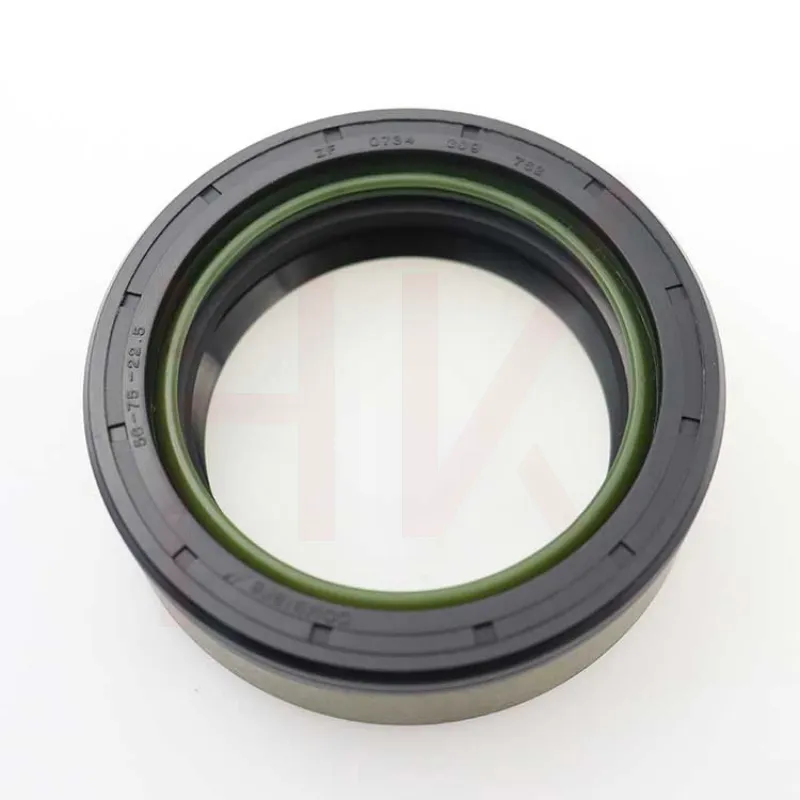10 月 . 21, 2024 19:36 Back to list
Trends in Oil Seal Pricing and Market Demand Analysis
Understanding Oil Seal Prices Factors and Trends
Oil seals are essential components in various mechanical systems, playing a critical role in preventing the leakage of lubricants and fluids. These seals are widely used in automotive, aerospace, industrial machinery, and household appliances, making them a pivotal element in ensuring optimal performance and longevity of equipment. When considering the procurement of oil seals, understanding their pricing can be crucial for businesses and consumers alike.
Factors Influencing Oil Seal Prices
1. Material Composition The material used to manufacture oil seals significantly influences their price. Common materials include rubber, silicone, and fluoropolymer compounds. Each material offers different properties, such as temperature resistance and chemical compatibility, which can affect both performance and cost. For instance, silicone-based seals typically command higher prices due to their superior temperature stability and durability.
2. Size and Design Oil seals come in a variety of sizes and designs, each tailored for specific applications. Custom sizes or non-standard designs can result in higher costs due to the additional manufacturing processes required. Furthermore, complex designs that enhance sealing performance or increase durability may also elevate the price.
3. Production Processes The method of production—be it injection molding, extrusion, or compression molding—also impacts pricing. Advanced production techniques may offer better quality and consistency, but they can also incur higher costs. Companies must weigh the importance of quality against budgetary constraints when selecting oil seals.
4. Brand and Reputation The brand under which oil seals are produced plays a significant role in determining their cost. Established brands with a reputation for high-quality products may charge a premium, while lesser-known brands might offer more competitive prices. However, opting for cheaper alternatives can sometimes lead to higher long-term costs due to premature failure or inefficiency.
5. Market Demand and Supply Like any other commodity, the prices of oil seals are subject to fluctuations based on market demand and supply dynamics. For example, an increase in demand due to a surge in automotive manufacturing can drive prices up. Conversely, if there is an oversupply of a particular type of seal, prices may drop.
Current Market Trends
oil seal price

In recent years, the global oil seal market has witnessed significant changes. The automotive industry's shift towards electric vehicles (EVs) is reshaping the demand landscape for oil seals. While traditional combustion engine components typically require a larger volume of oil seals, EVs may focus on different sealing solutions due to their unique design and operational characteristics.
Moreover, the growing focus on sustainability has prompted manufacturers to explore eco-friendly materials and production methods. This shift could lead to short-term price volatility as companies adapt but may ultimately stabilize prices in the long run as sustainable options become mainstream.
Strategies for Cost Management
For businesses looking to manage oil seal costs, several strategies can be employed
- Bulk Purchasing Procuring oil seals in bulk can lead to significant discounts and lower per-unit costs. This strategy is especially beneficial for companies with ongoing or large-scale projects.
- Supplier Relationships Building strong relationships with reliable suppliers can result in favorable pricing, better service, and priority access to new products.
- Regular Market Analysis Keeping abreast of market trends and price fluctuations allows businesses to time their purchases effectively, ensuring they get the best possible deal.
In conclusion, oil seal prices are determined by various factors, including material, size, production processes, brand recognition, and market demand. Understanding these elements can enable buyers to make informed decisions, optimize their procurement strategies, and remain competitive within their respective industries. As the market continues to evolve in response to technological advances and shifting consumer preferences, staying informed will be key to effective cost management and operational success.
-
The Power of Advanced Sealing: High-Pressure Solutions for Modern Machinery
NewsOct.29,2024
-
Optimizing Machinery with High-Performance Oil Seals
NewsOct.29,2024
-
Maximizing Machinery Efficiency with Advanced Oil Seals
NewsOct.29,2024
-
Ensuring Equipment Longevity with Quality Oil Seals
NewsOct.29,2024
-
Enhance Equipment Performance with Quality Oil Seals
NewsOct.29,2024
-
Custom Oil Seals for Specialized Machinery Needs
NewsOct.29,2024
-
The Role of Wiper Seals in Dust Sealing and Oil Protection
NewsOct.20,2024
Products categories
















